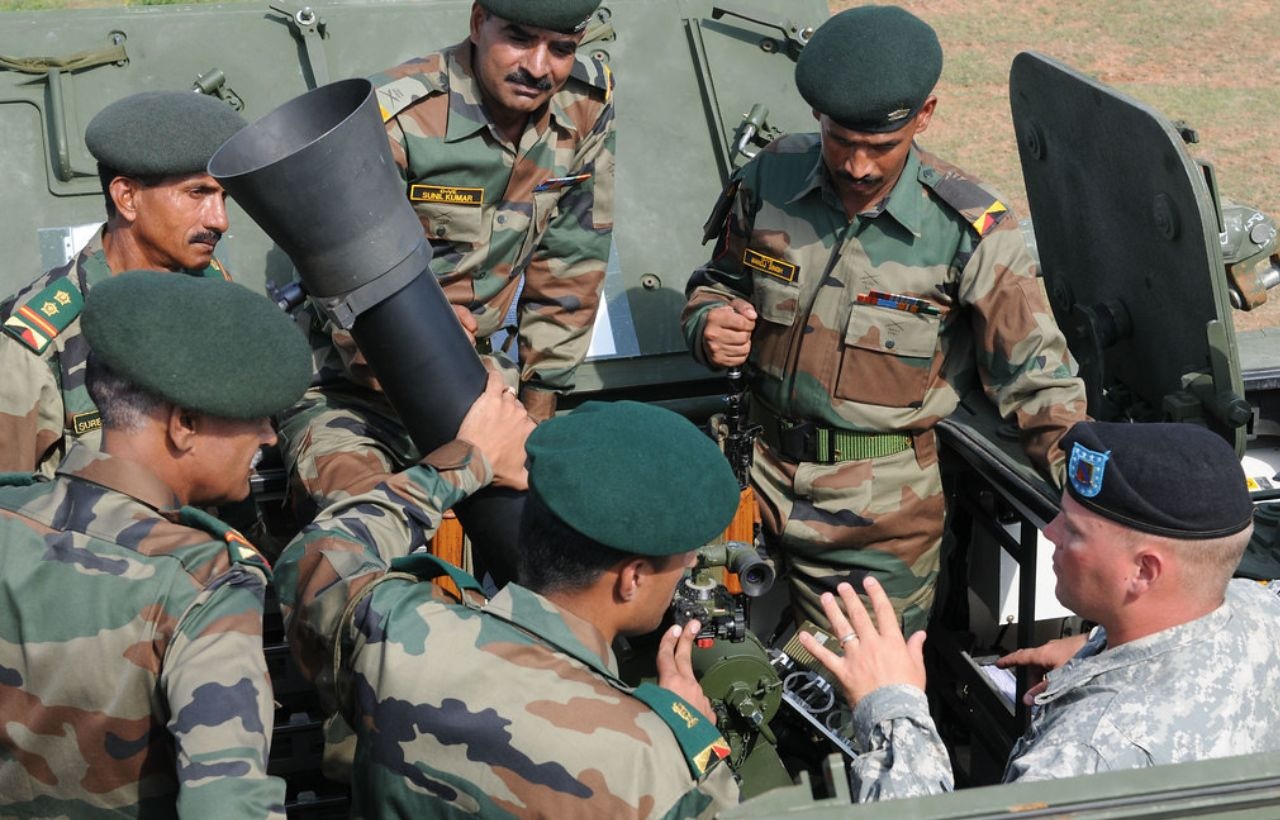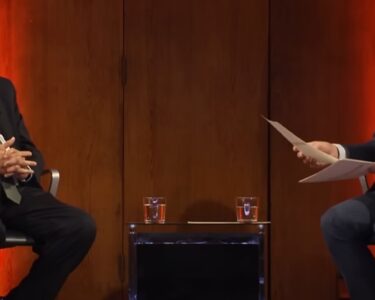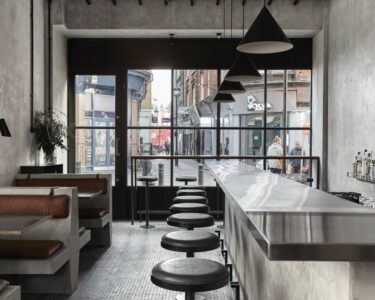Maldives President Mohamed Muizzu’s has now demanded that India withdraws its troops stationed in the country by mid-March.
The number of troops is 88 and it is a small number and the reality is that Mohamed Muizzu’s strong words are strongly backed by China — is too few to be a threat, which is what their presence is being portrayed as.
The troops have been stationed in Maldives since 2010 and is interesting to find out how India got involved in Maldivian Security.
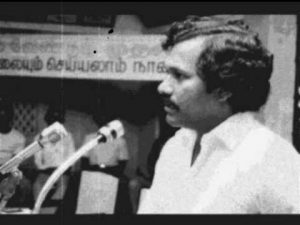
Sinhalese Prince:
According to Maldivian legend, a Sinhalese prince named KoiMale was stranded with his bride, daughter of the king of Sri Lanka, in a Maldivian lagoon and stayed on to rule as the first sultan and many hundred years later a bunch of Sri Lankan rebels landed on the Maldives to destabilise Maumoon Abdul Gayoom’s presidency,The rebels were identified to be PLOTE militants, a group led by Uma Maheswaran.
The coup d’état attempt in November 1988 alarmed the international community about 80 armed PLOTE mercenaries landed in the capital Malé before dawn aboard speedboats from a hijacked Sri Lankan freighter.
The mercenaries quickly gained control of the capital, including the major government buildings, airport, port, television and radio stations. The mercenaries then marched towards the Presidential Palace where President Gayoom was residing with his family
President Gayoom was hurriedly escorted by Maldivian National Security Advisor to the Defense Minister’s home and he started frantically calling neighbour countries.
President Gayoom requested military intervention from Sri Lanka and Pakistan, but both denied any help, citing a lack of military capabilities, which was far beyond the truth . The president then requested Singapore’s intervention, again the answer was no.
His next contact was to the United States but was told that it would take US forces 2–3 days to reach the Maldives from their nearest military base in Diego Garcia, 1000 km away.
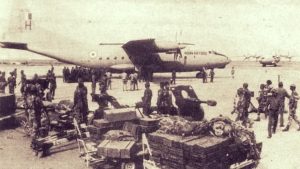
The president then contacted the United Kingdom, which advised them to seek assistance from India. Following this, President Gayoom contacted the Indian government for assistance.
India swiftly accepted their request and an emergency meeting was arranged at the Secretariat Building in New Delhi. Within 16 hours of the SOS, India was ready to commence their operation and control was regained.
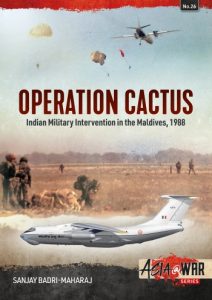
Indian Manipulation?
At that time it was widely rumoured that India manipulated the invasion to have a military foothold in the Maldives.
The Official version was that of a, disgruntled Maldivian businessman. Luthufi who wanted Gayum out of office hired the PLOTE mercenaries. However, there is much debate on this explanation.
In July 1989, India repatriated the mercenaries captured on board the hijacked freighter to Maldives to stand trial. President Gayoom commuted the death sentences passed against them to life imprisonment under Indian pressure.
The Anti –Indian Sentiment:
The anti-Indian sentiment has often been used as a political tool by certain factions. For example, former President Abdulla Yameen’s government (2013-2018) actively cultivated anti-India sentiment to distance itself from the pro-India policies of its predecessor. His administration even returned Indian-gifted Dhruv helicopters, citing concerns about Indian intervention.
India’s strong economic presence in the Maldives, with significant investments in tourism and infrastructure, may lead to anxieties about economic dependence and unfair competition for domestic businesses.
Some analysts suggest that China’s geopolitical gaming and Maldivian Nationalism have produced a cocktail difficult for India to digest.



